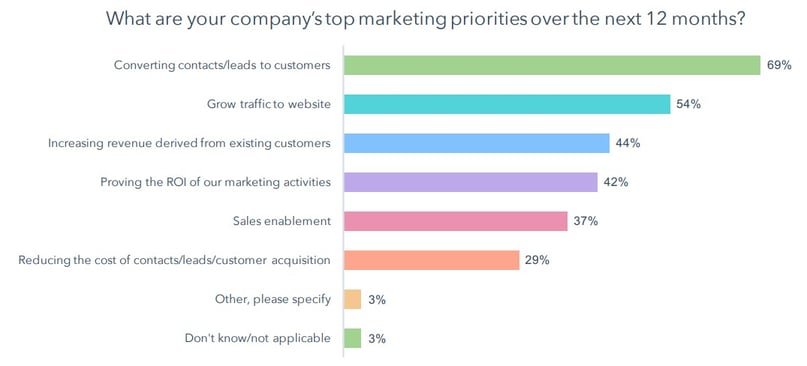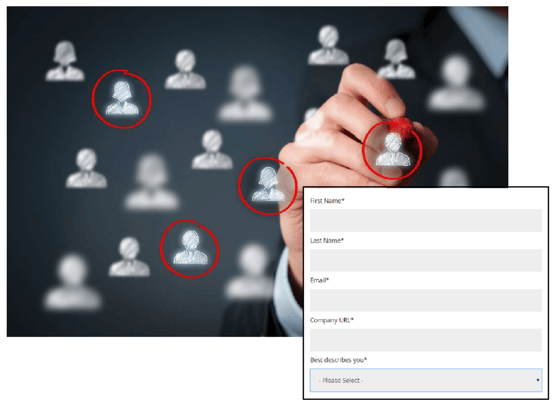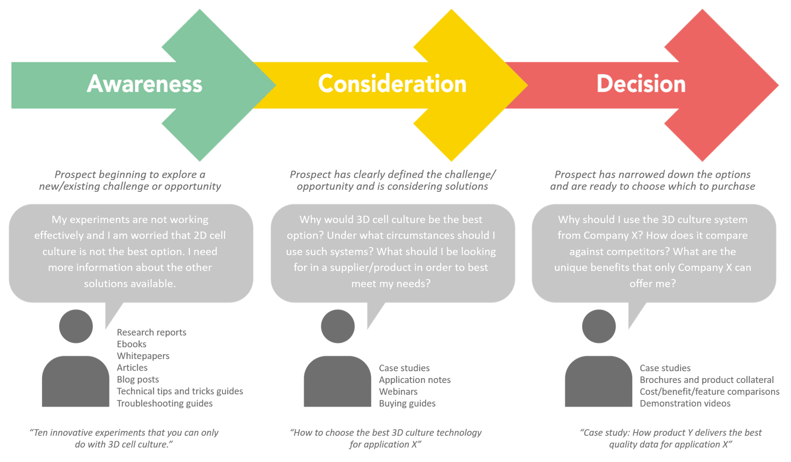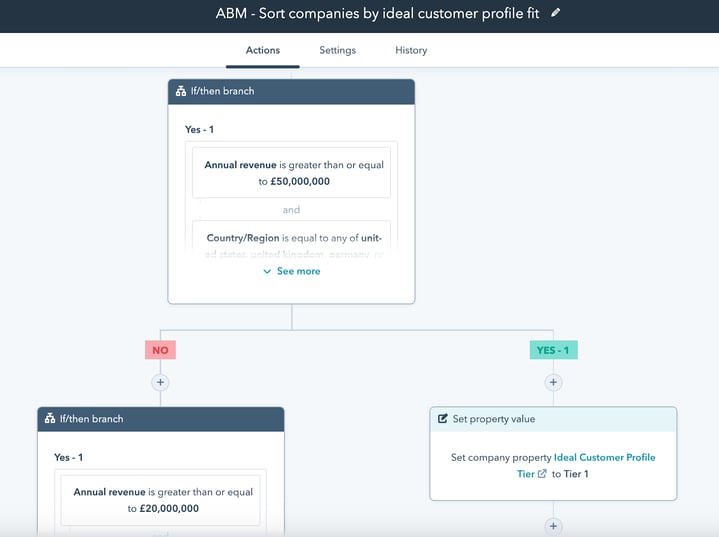In the world of life science marketing, many companies employ effective strategies to generate leads. However, not all leads are created equal and very few leads will be ready to buy from you when you first gather their contact details. As a result, most life science companies have a substantial database of prospects that haven’t yet converted into customers. But this needn’t be a cause for concern. Instead, your contact database could be a commercial gold-mine… if you’re able to unlock its value.
So, how can you achieve this? One powerful strategy is to employ an effective lead nurturing program, in which you engage with your prospects throughout every stage of their buying journey, building trust on the way to purchase. In this blog post, we explore why lead nurturing is so important and share the three fundamental pillars that underpin every successful life science lead nurturing program.
Why lead nurturing is important for life science marketers
Lead nurturing addresses a fundamental and widespread problem in marketing and sales – namely, that a whopping 79% of marketing-generated leads never convert to customers. This means that a huge amount of the time, resources and cash that we invest in lead generation is effectively wasted, as most of these contacts never go on to buy from us. Given this damning statistic, it is probably not a surprise that marketers flagged converting more contacts into customers a major priority in a 2018 market research survey conducted by HubSpot (see the graph below, access the pdf of the full report here).

So, why is it so difficult to convert leads into customers? This is a complex question to answer, but there are likely to be some consistent underlying factors. For one, only a small proportion of the market tend to be in an “active buying mode” at a given time (sometimes referred to as the 3% rule, referring to the share of the market looking to make a purchase).
What’s more, many modern B2B lead generation campaigns promote “top of the funnel” content offers, such as eBooks, whitepapers and case studies, rather than directly promoting products. This approach is great for generating a large number of leads, but it does mean that many of these leads are in the research phase of their buying journey and will not be making a purchase in the near future.
Another challenge that we often see in the life science sector is that our customers very rarely buy on impulse - instead, there are a range of commercial factors that influence when people buy that our often outside of our control, such as grant funding and industry budgeting cycles. Therefore, it’s very hard to ‘push’ people to buy before they are ready.
Lead nurturing is a powerful strategy to deal with these problems. The principle here is to build a relationship with your prospects, by continually providing them with valuable information that’s relevant to their interests and aligns with their progress throughout the buyer’s journey. By sending prospects the right content at the right time, you set yourself up as a trusted source of insight. You can also help ensure your brand stays top of mind, so that when your prospects are looking to buy, they will be more inclined to choose your products and services.
Given the fact that many of us have so much untapped potential in our contact databases, it is not surprising that lead nurturing is becoming a focus for many life science companies. But how can you get the best results?
In the rest of this blog, we cover the three fundamental pillars you need to enable effective lead nurturing.
Pillar 1: Segment your contact database
The first pillar for effective lead nurturing is to segment your contact database. This is critical, as your leads will all be subtly (and not subtly) different. Therefore, if you want to capture their attention, you will need to appeal to their individual goals, challenges and interests. For example, scientists working in large pharma and academia may be performing similar experiments with your products, but they can still have very different priorities when they’re choosing which solution to buy. Therefore, the more specific you can be when communicating with each lead, the more your messages will resonate.
To help you send the right messages to the right people, it can be very valuable to split your database based on the needs and interests of your prospects. One way to achieve this is to ‘bucket’ people by classifying them into different buyer personas (which are essentially semi-fictional representations of your ideal customers). If you don’t have much information with which to do this (or you haven’t created buyer personas yet), you can also segment your database via demographic factors (e.g. job title, organisation type, organisation size etc). The key is to get started with segmentation as soon as possible with whatever data and insights you have, so you can move past sending the same content to everyone in your database.
Key takeaway: Segmenting your database will help you to speak more effectively to your different types of customers, making them more likely to engage with your content and pay attention to your messages.

Pillar 2: Generate content covering all the stages of the buyer’s journey
The contacts in your database will not only have different needs and interests, but they will also differ in how ready they are to buy – and this will fundamentally influence the content they’ll be interested in. For example, prospects who are simply looking to gather more information on their options will be unlikely to respond to ‘buy our product’ messages.
Therefore, to target your communications appropriately, you’ll need to know where your leads currently are in their buying journey. As the journey individuals go through is complex and incredibly difficult to map out, we tend to use a simple, linear model that includes three main stages: awareness, consideration and decision (see the graphic below).

At the awareness stage, prospects are not fully aware of the details surrounding the problems they are facing (or that there are opportunities to evolve their way of working). As such, they are looking for educational materials to broaden their knowledge. This means that your content should aim to inform, inspire and even entertain them. By doing so, you’ll be able to build trust and authority by showcasing your knowledge of your field.
You’ll need to take a different angle with your content for the consideration stage. At this stage, your prospects are aware that they have a problem/opportunity and are starting to seek solutions and assess their options. At this point, you’ll want to provide helpful resources, such as buying guides and comparison charts. It’s important that your consideration-stage content is credible, so resist the urge to overly promote your solution at this point. Instead, position your solution within the range of wider options that are available, accentuating in which areas you deliver unique value (and, if appropriate, where you don’t).
Finally, when your leads are looking to make a purchase in the decision stage, your content needs to help carry them over the finishing line by sharing product-driven content like cases studies, or detailed information on the features, benefits and pricing of your offering. It’s at this stage that you can more overtly promote your solution (having built trust and credibility with the prospect earlier on in the process). However, while your content can highlight the value of your product, your audience are less likely to respond if it comes across as too ‘salesy’. To avoid this, you can tailor your phrasing to make sure the customer is the subject of your sentences, and lead with their goals or challenges before presenting your solution.
To produce materials that are relevant to your entire contact database, you’ll need to produce awareness-, consideration- and decision-stage content for each of your buyer personas. This will mean that you have the tools you need to communicate effectively with everyone you need to speak to, no matter what stage of the buyer’s journey they’re in.
Key takeaway: If you generate appropriate content for all the stages of the buyer’s journey, you’ll be able to tailor your messaging to suit all your leads, increasing the chance that they will engage with your materials and choose you when they’re ready to buy.
Pillar 3: Invest in marketing automation tools to improve efficiency and scalability
The final pillar for successful lead nurturing is to make the process as easy and quick for your marketing team as possible. As you can imagine, with a database of different types of prospects progressing through the buyer’s journey at different speeds, it can be a bit of a headache trying to keep on top of this manually. Therefore, it can be massively helpful to use an automated system to track the behaviour of your prospects, automate your follow-up actions and streamline how you report on results.
To help achieve this, you can use marketing automation software like Pardot, HubSpot or Active Campaign. These tools can carry out tasks such as sending emails to each prospect only after they have taken a specific action (e.g. downloaded a particular piece of content). They also make it easier to track the actions of each of your contacts (without the need for manual tracking codes). In this way, you can use marketing automation software to craft complex email workflows that leverage a variety of triggers to bring people into (or out of) a workflow based on their recent behaviour, while tracking how they interact with your content along every step of the workflow to better report on results.
Key takeaway: With marketing automation tools, you can design effective workflows to automate your lead nurturing program, simplifying user tracking and improve reporting (all while saving yourself time and effort).

Getting started with lead nurturing
If 79% of leads never turn into customers, we need new tools and approaches to help improve performance. Lead nurturing can have a major impact, as long as you have all of the foundations in place. These include effectively segmenting your contact database, leveraging content across the buying journey, and using automation tools to make things easier, scalable and more efficient.
It can be daunting to get started with lead nurturing. However, one way to get going quickly is by working with an expert partner. If you’d like someone to guide you through the process, simply get in touch with our team to set up an intro call where we can take you through the options available
To learn more about lead nurturing workflows, read our follow-up blog post where we delve a bit deeper into three specific lead nurturing workflows that we’ve seen work well for life science companies in the past.
If however, you're feeling ready to get started with lead nurturing, we’ve put together a free lead nurturing starter pack with a handy template to help you define relevant buyer personas and plan your workflows.
To get started with effective lead nurturing, download your free template starter pack today.





